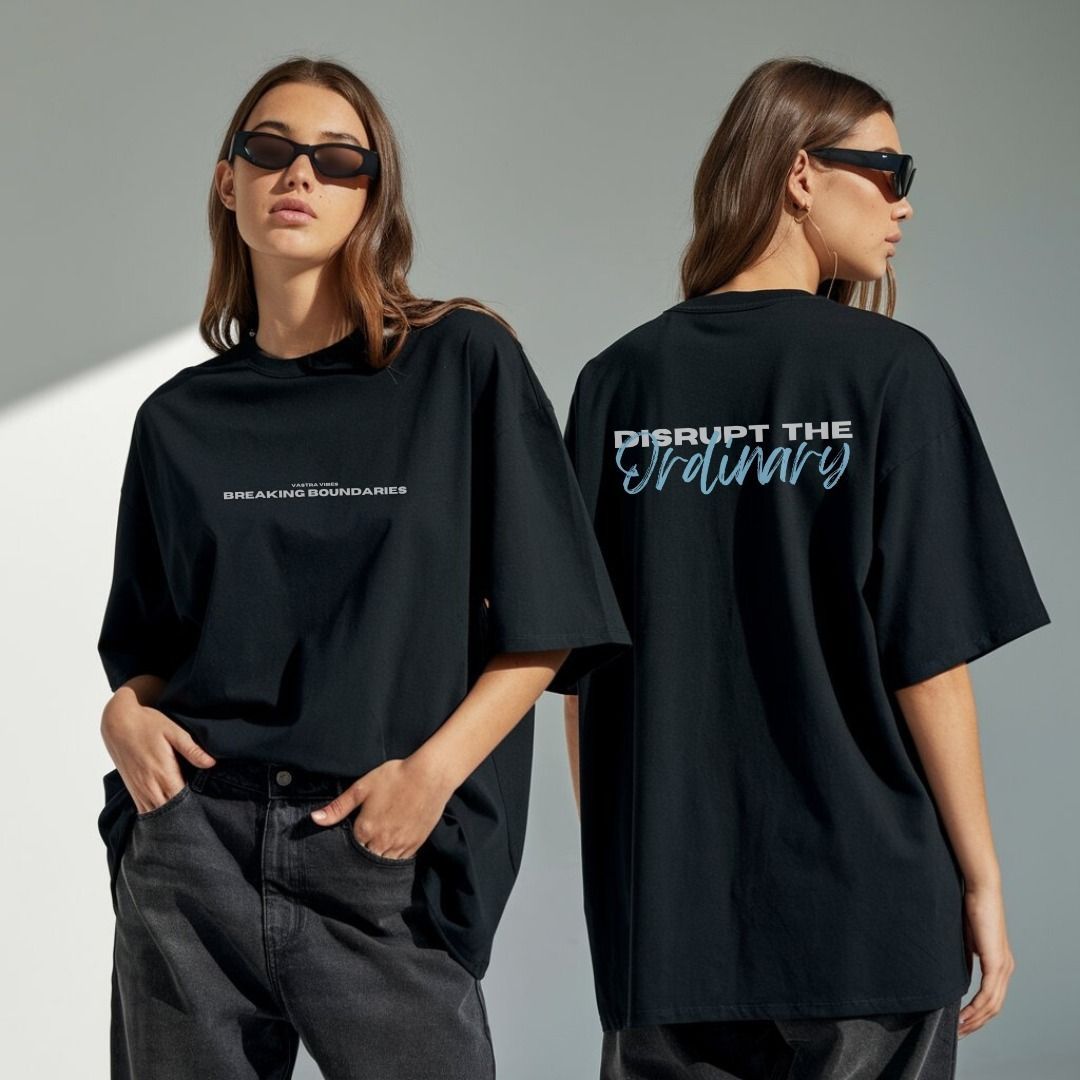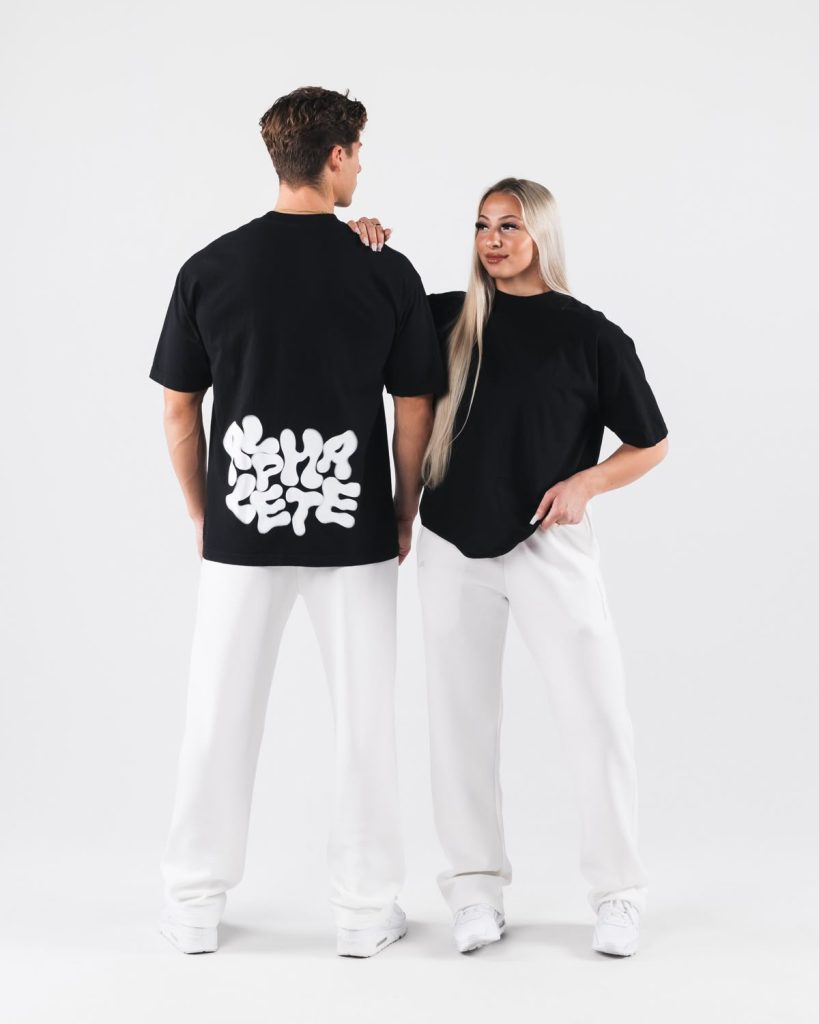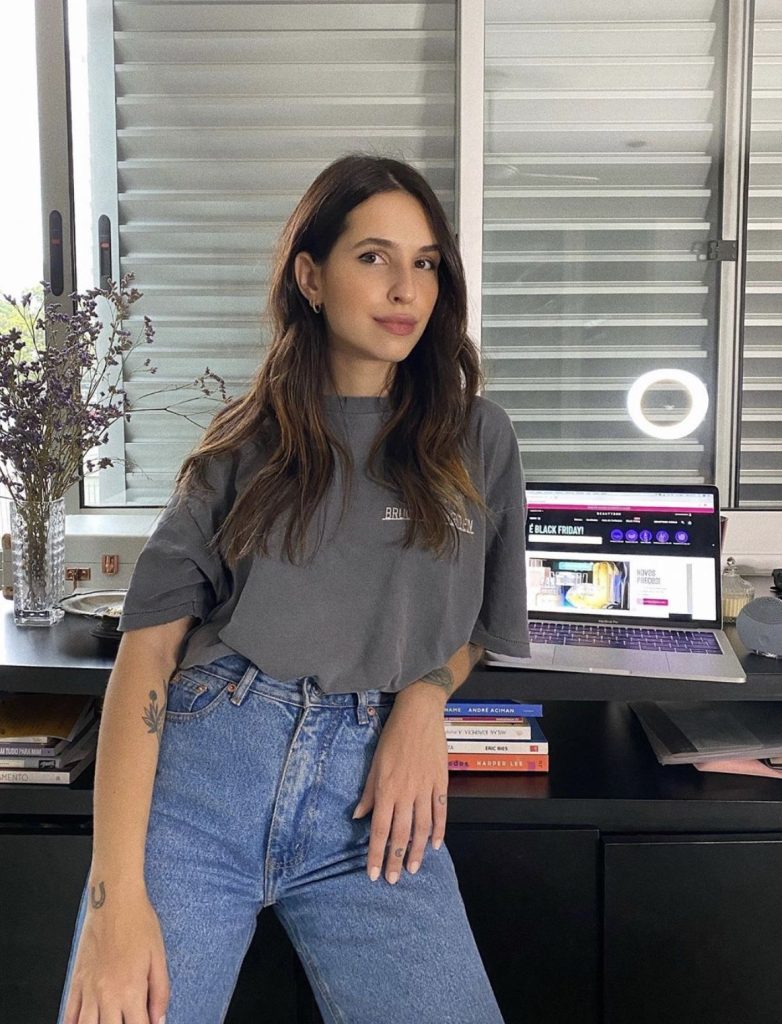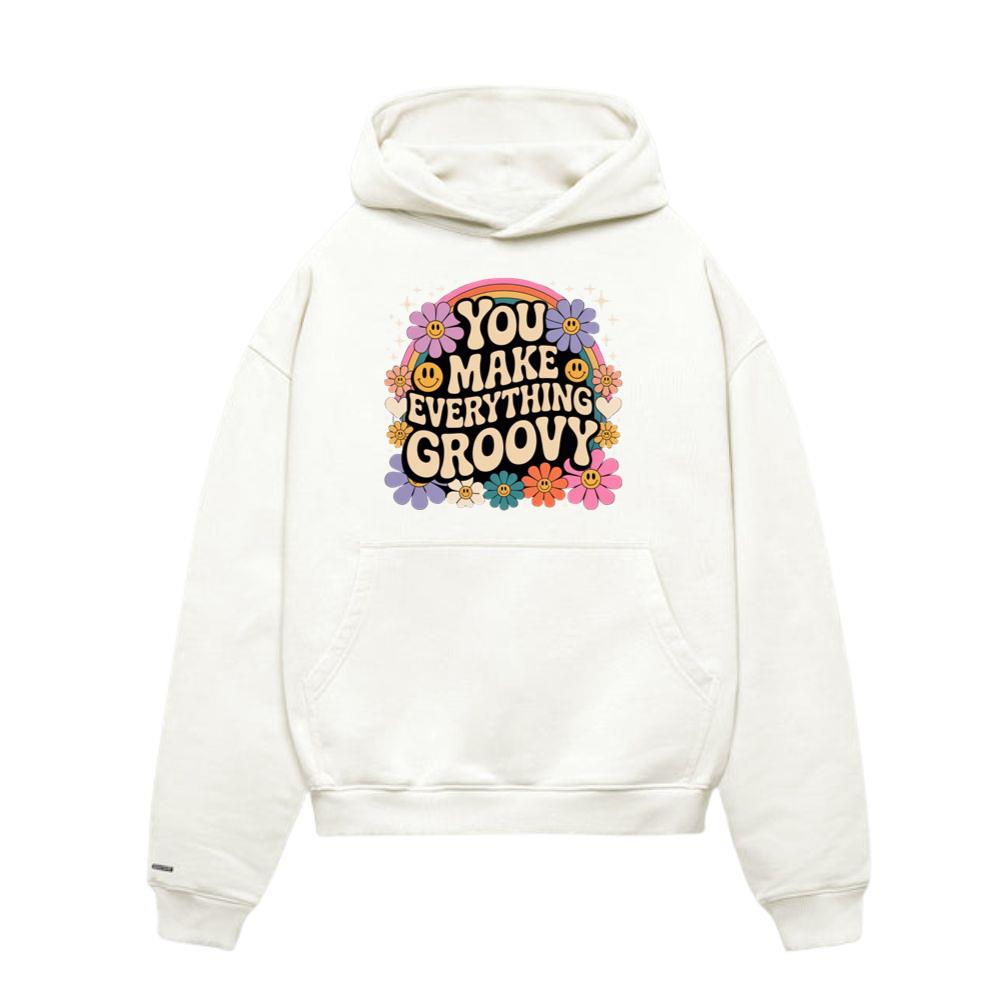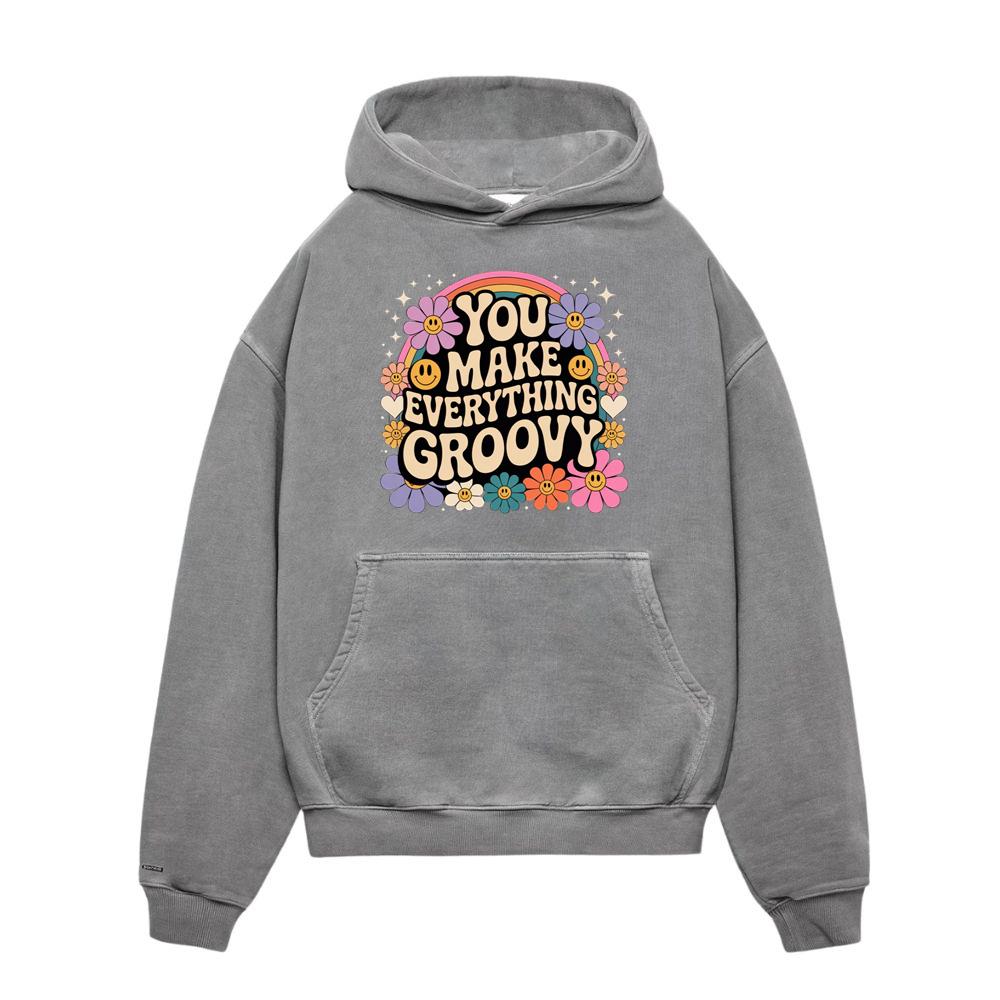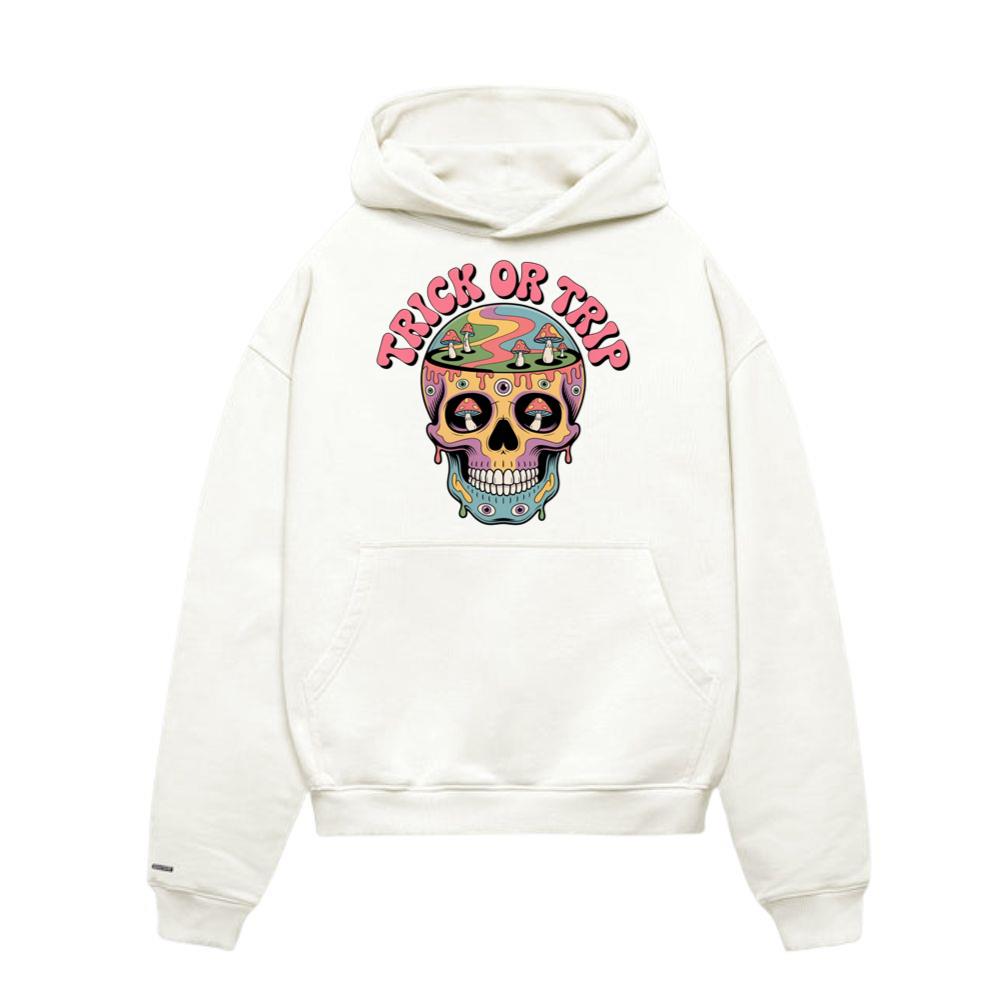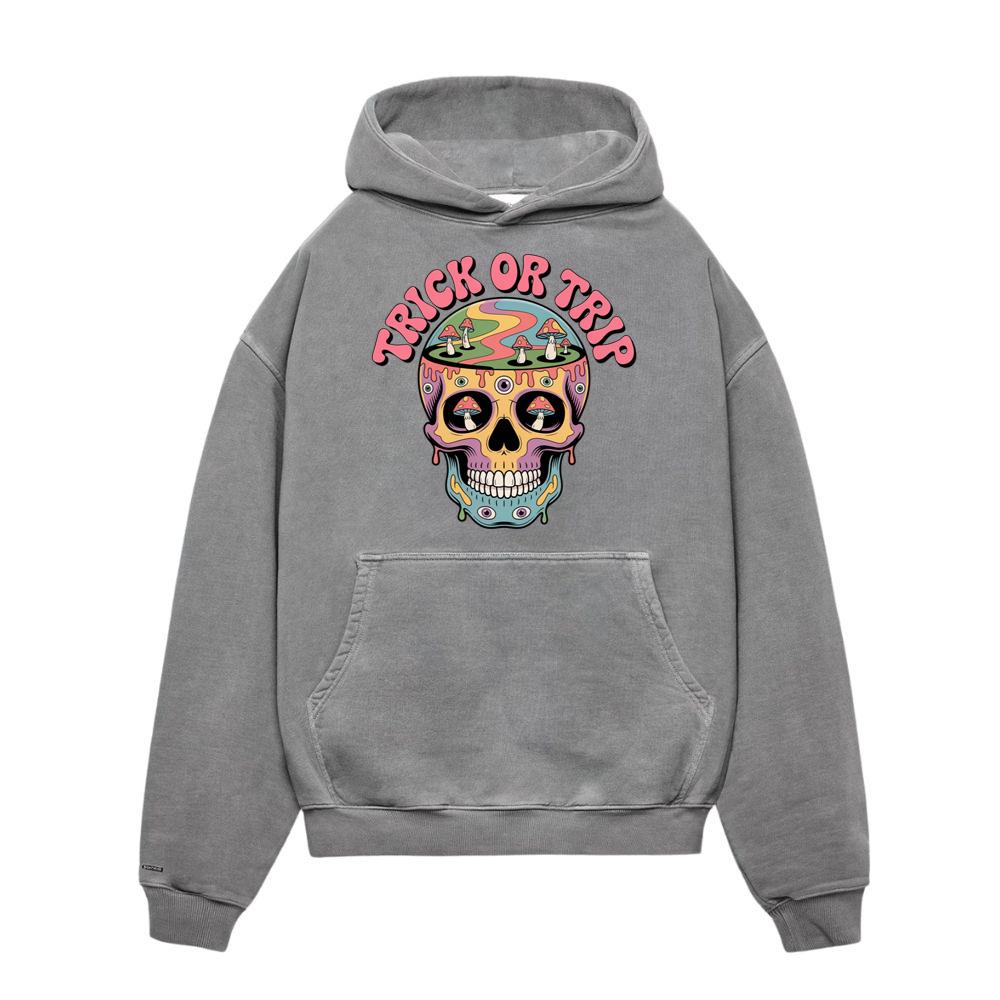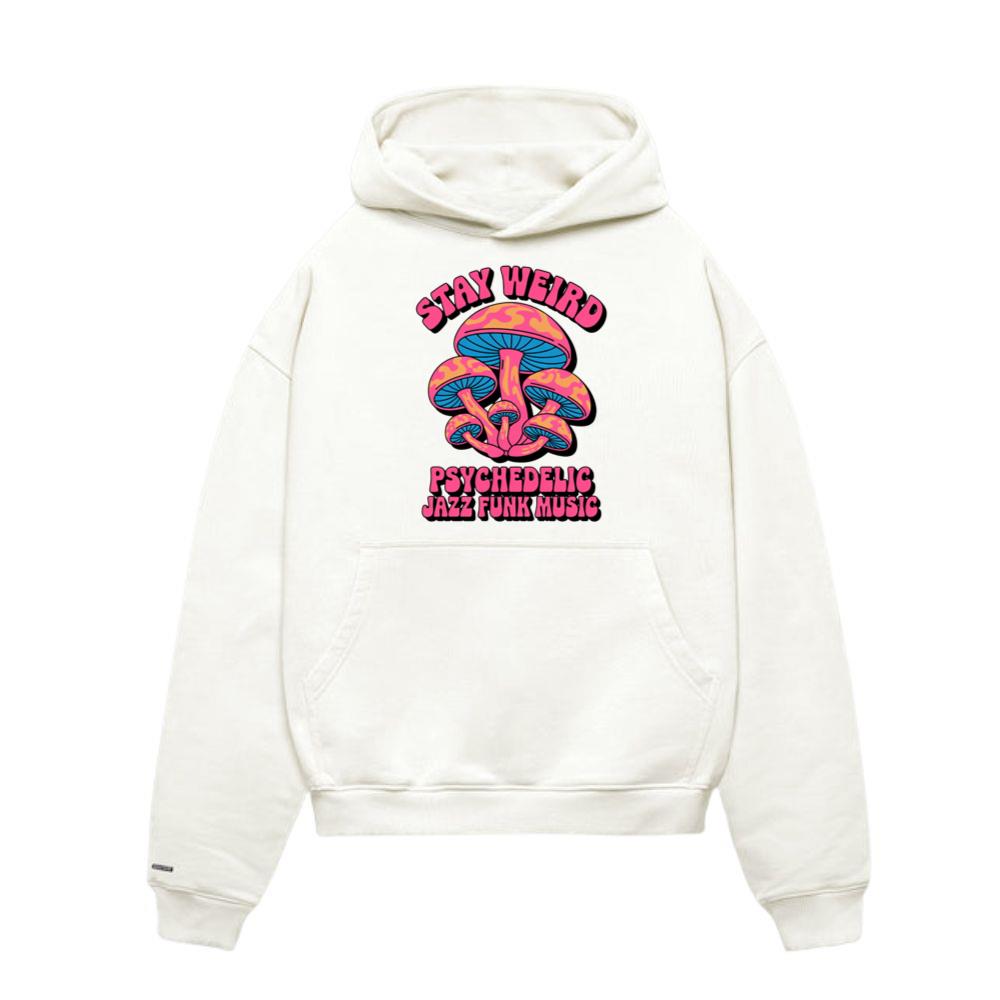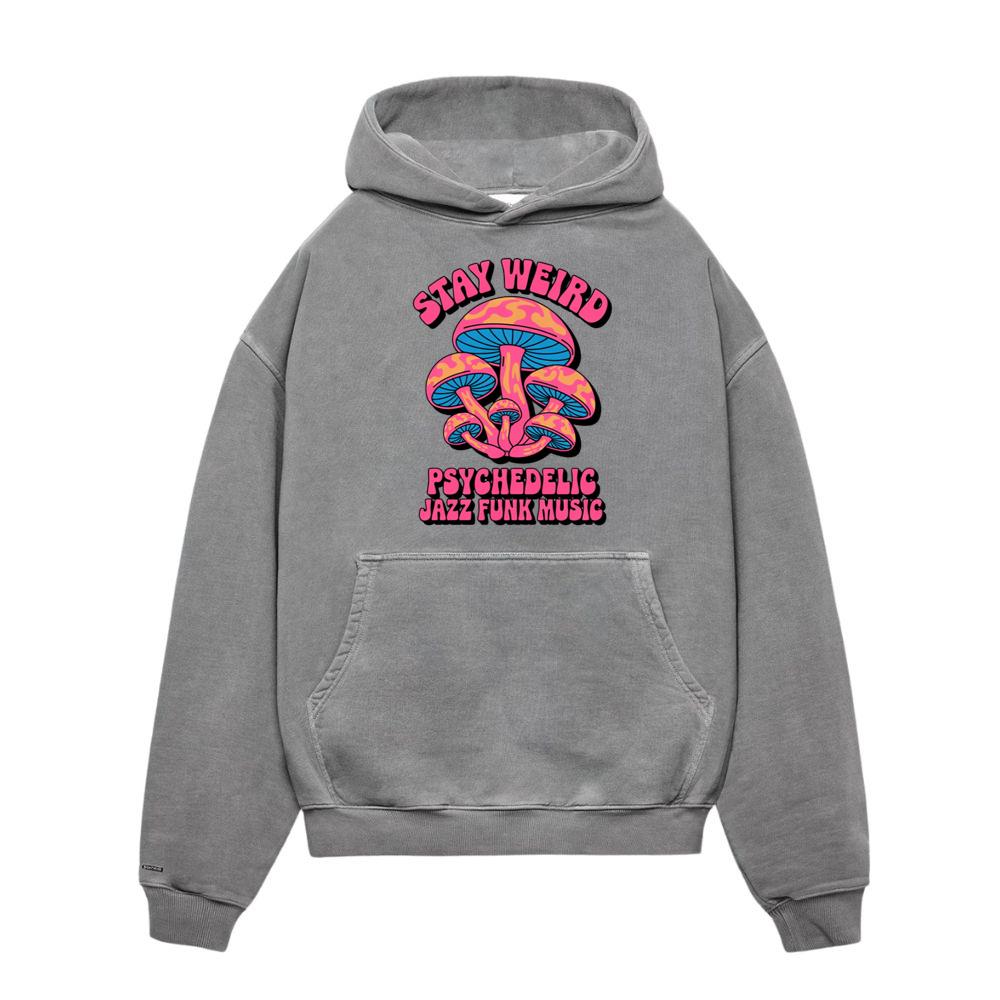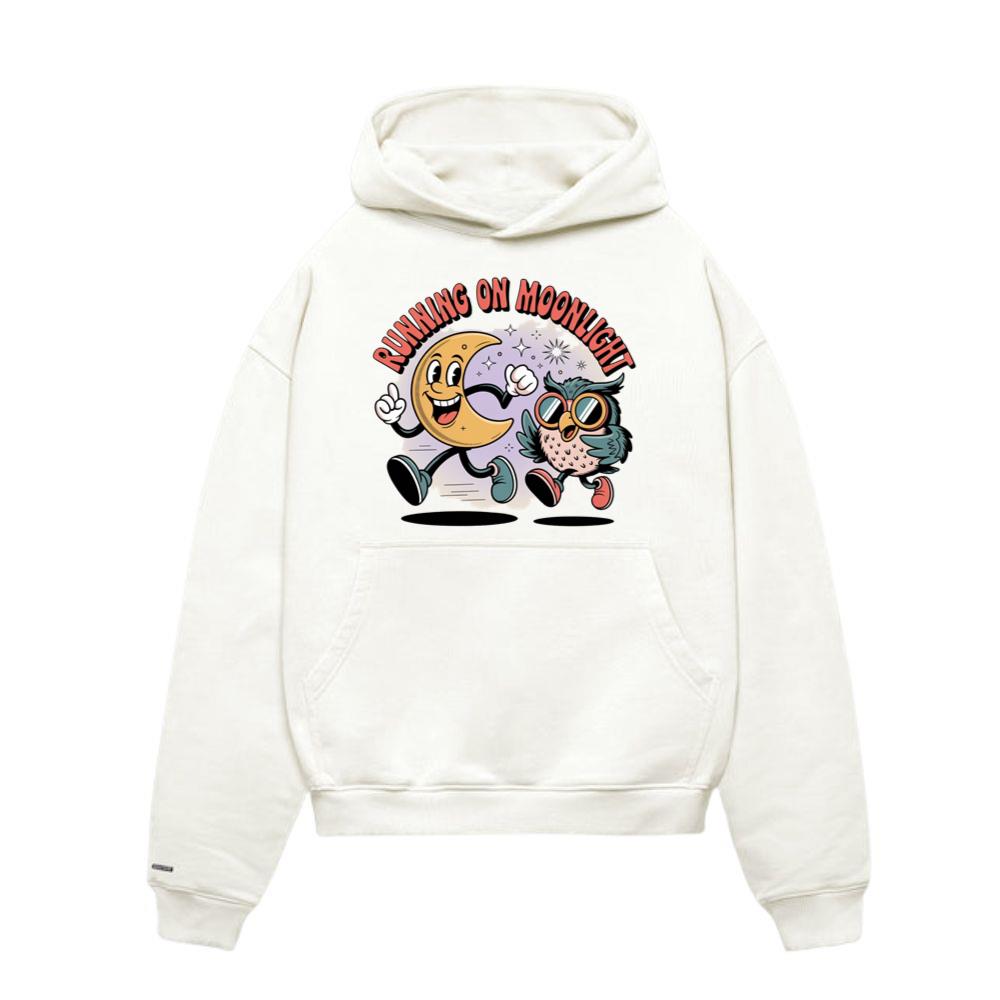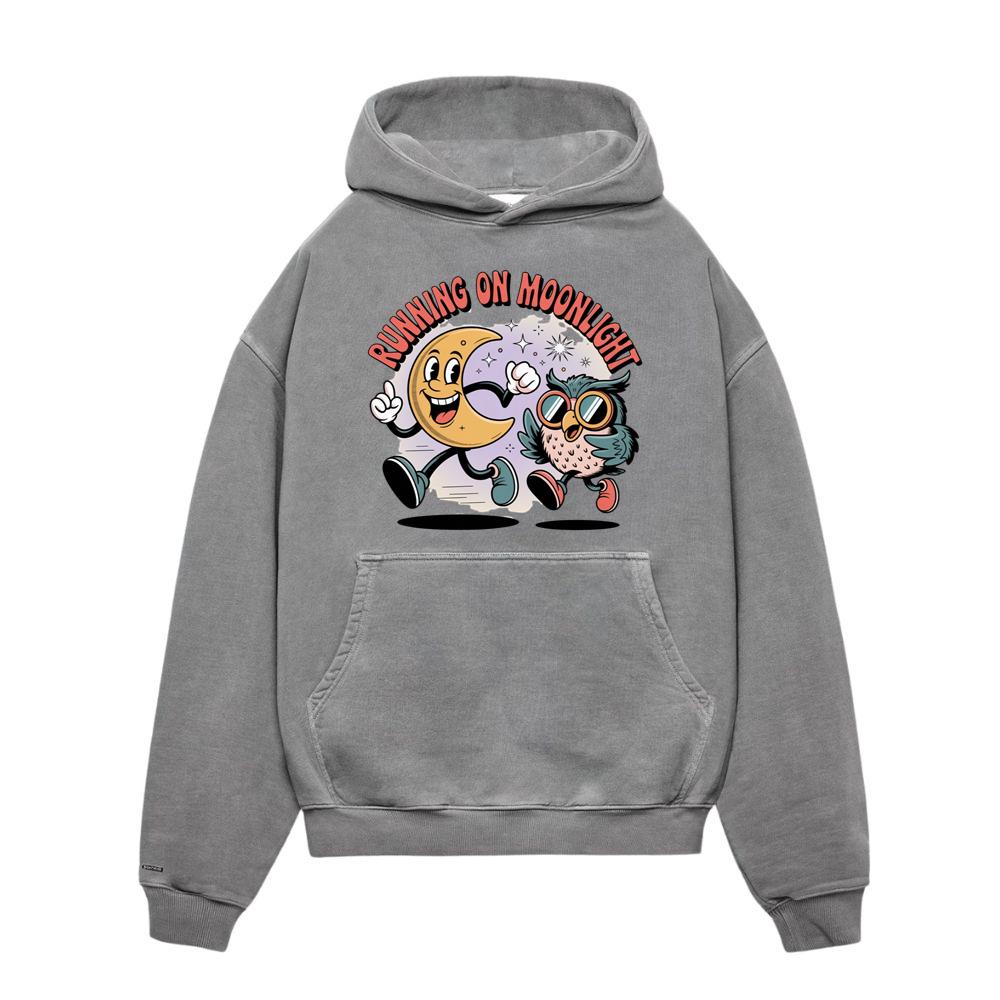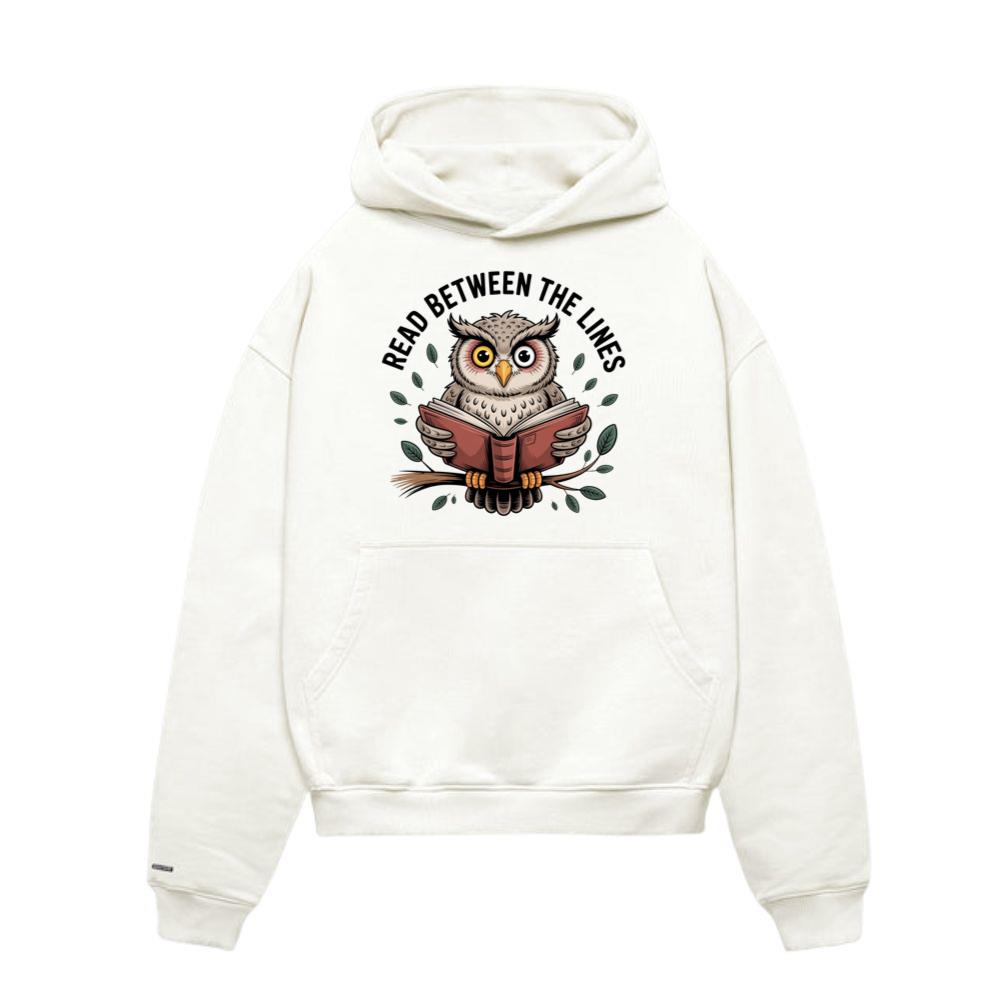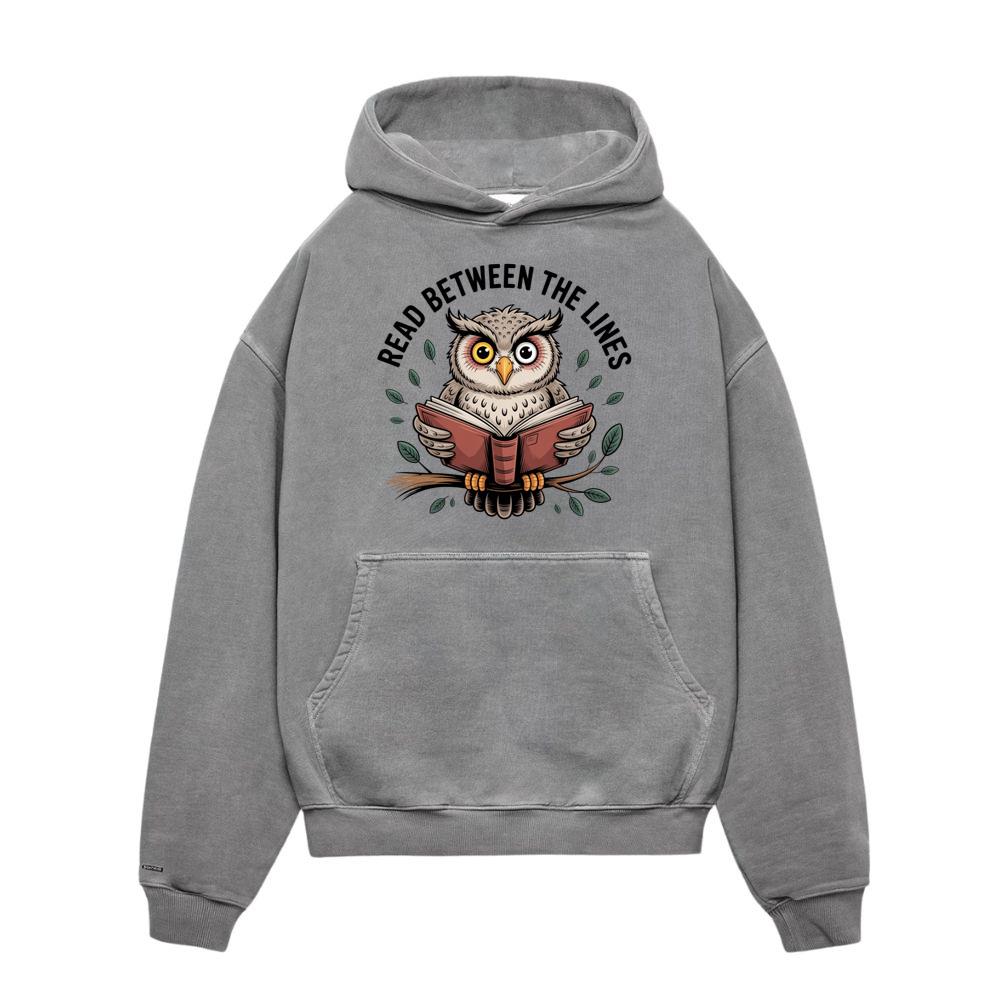Introduction
Fashion is more than a fleeting trend, more than fabric cut and sewn into wearable form. It is a living, breathing language, one that communicates silently yet powerfully. Every outfit chosen, every accessory added, every shade selected contributes to a personal narrative that tells the world something about identity, intention, and imagination. The clothes we wear are not just layers of material; they are layers of meaning, woven together to articulate who we are, who we aspire to be, and how we wish to be perceived.
From ancient civilizations to the digital age, fashion has always served as a mirror of culture, personality, and emotion. Unlike spoken words, it requires no translation; it resonates instantly, often making impressions before conversations even begin. Through this lens, fashion becomes a unique dialect of self-expression, one that bridges individuality with social belonging, creativity with tradition, and modern experimentation with timeless elegance.
This exploration into the language of fashion is not about dictating what one should wear. Instead, it seeks to uncover the deeper dialogue embedded in garments, textures, and silhouettes. By diving into its cultural, psychological, and artistic dimensions, we discover that dressing is not just an act of covering the body but an act of storytelling. The story is ongoing, ever-shifting, and endlessly personal.
Fashion as a Silent Conversation
Every ensemble speaks before the first word escapes the lips. Outfits create unspoken dialogue between the wearer and the observer, signaling confidence, vulnerability, ambition, or rebellion. The subtle drape of a scarf, the intentional cut of a blazer, or the casual choice of sneakers over polished leather shoes all convey nuanced messages. Clothing, in this sense, is a vocabulary where fabric becomes a phrase, color a sentence, and styling a paragraph that shapes the impression of an entire day.
This silent conversation exists across settings: in professional environments, garments can project authority or collaboration; in casual moments, they reveal comfort or playfulness; at social gatherings, they can highlight individuality or connection to a community. Even the act of choosing simplicity over extravagance or tradition over innovation expresses values that extend beyond aesthetics.
Such dialogue transcends spoken language. A well-tailored suit can inspire respect in Tokyo just as it does in New York. A traditional sari can symbolize grace in India while sparking admiration in London. These cross-cultural signals demonstrate that fashion has the rare ability to act as a universal tongue, binding people with recognition even when words fail.
Cultural Roots Shaping Personal Expression
Clothing is never isolated from heritage. The garments people choose often carry threads of ancestry, rituals, and shared memory. From the embroidered patterns of Eastern Europe to the indigo-dyed fabrics of West Africa, attire has long embodied the stories of communities, weaving history into every stitch. Even in contemporary wardrobes, traces of this lineage persist, often reinterpreted in modern silhouettes that bridge the old with the new.
In multicultural societies, individuals often blend heritage with global influences, creating hybrid forms of dress that celebrate both origin and adaptation. A kimono-inspired jacket worn with denim jeans, or a traditional poncho paired with sneakers, represents not just style experimentation but also the complex identity of someone navigating multiple cultural spaces.
Fashion designers have recognized this rich reservoir of cultural expression. By incorporating indigenous techniques, traditional motifs, or regional craftsmanship into contemporary collections, they allow wearers to express cultural pride while also participating in global dialogue. In this way, fashion honors the past while propelling it into the present, making every outfit both personal and historical.
Clothing as Emotional Expression
Beyond cultural and social layers, attire acts as a mirror of emotional states. A vibrant dress can reflect joy, while muted tones can signal introspection. The choice of oversized silhouettes may suggest a desire for protection, whereas form-fitting cuts may communicate confidence or boldness. Unlike verbal communication, which can be carefully edited, clothing often reveals subconscious moods.
Consider how many people dress differently when celebrating versus when mourning, or how style shifts between days of enthusiasm and days of fatigue. Fashion becomes not just an external projection but also an intimate tool for self-regulation. Donning a polished ensemble can elevate mood, while cozy attire can provide comfort during stress. This interplay between inner feeling and outward appearance reveals that fashion is not superficial but deeply tied to human psychology.
The runway, too, reflects these emotions on a collective scale. Designers often use collections to process personal experiences, political climates, or societal shifts, translating them into colors, cuts, and textures. Audiences, whether consciously or not, connect emotionally with these displays, finding resonance in the fabrics that echo their own sentiments.

